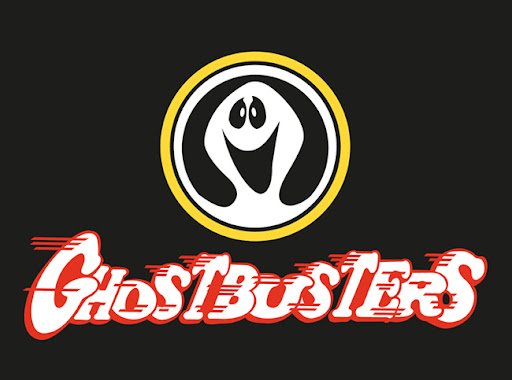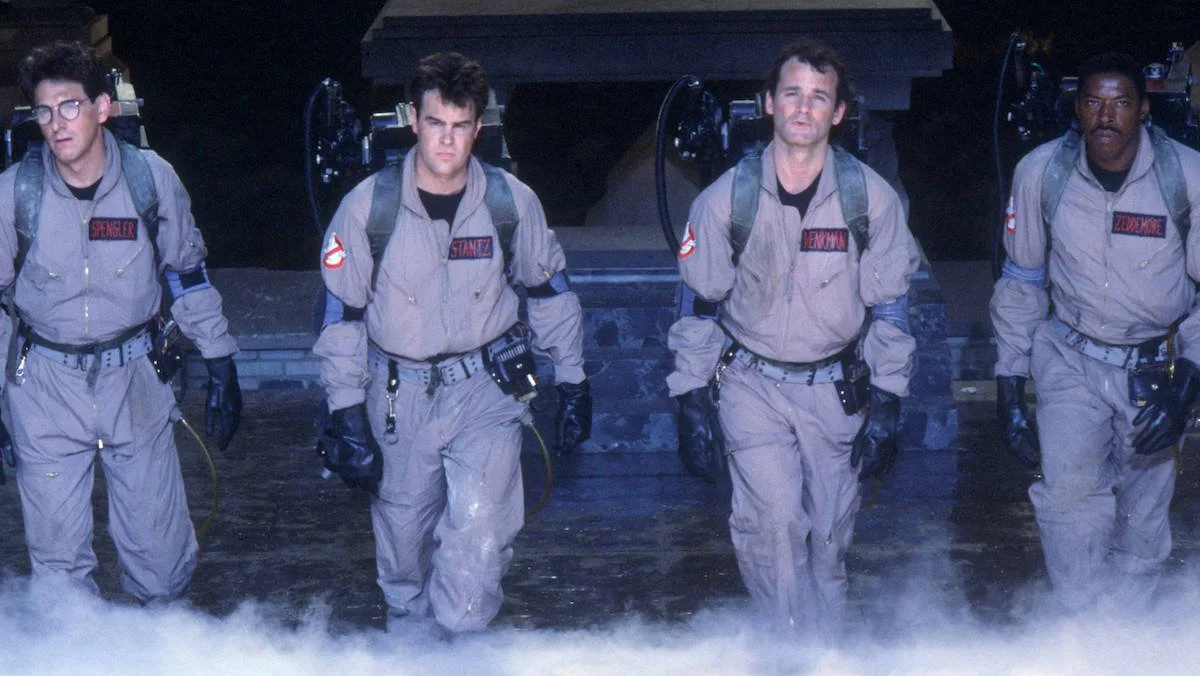Do You Really Remember Ghostbusters?
When you totally finished reading Moby Dick one high school summer, did you wonder what happened next? It’s not much of a cliffhanger—the whale smashes the ship and pulls the captain down into the depths with him. Ahab’s final fate doesn’t leave much to the imagination. I was pretty sure Herman Melville left no part of his story untold, as his exhaustive novel is still one of the all-time heavyweights, both literally and figuratively. It took me a whole summer to read it. I finished every other book on my reading list just to take breaks from Ishmael’s tragic tale. I’ll be honest: I don’t remember a whole lot of it. But I was pretty sure that Captain Ahab’s pursuit of a personal vendetta against a whale ended with his entirely anticipated death. It never seemed like anything but a foregone conclusion. We don’t find out what happens to Moby Dick after their final encounter, but it’s not like the whale had a character arc to complete.
But what if he did? I found an answer to the question nobody asked from the most unlikely source: the Ghostbusters.
No, not them. The Original Ghostbusters.
Nope. You’ve gotta go back further than that.
OK, too far. Technically correct, as they are the first Ghostbusters. There’s a whole copyright kerfuffle back there, which would be enough to fill a whole other post, so I’m not going to get into it.
There we go. These Ghostbusters are the descendants of the originals, except for Tracy the Gorilla. He outlived his partners and continues to serve as gadget master to their sons. They rode around in Ghost Buggy, a car that could talk (with a Southern stutter), fly, and even travel through time. That last one leads us to the subject of today’s post. In the episode “The White Whale,” Ghostbusters finally answers all of the questions nobody had after the end of Moby Dick. This will either amuse or infuriate all the English teachers I know, and I’m looking forward to finding out who is which.
So, a ghost ship (that is an actual spectral Spanish sailing galleon) and its crew of ghost pirates are just cruising through space looking for a good time. That’s the part of the episode that makes the most sense. Most of the dangers of space travel lose their fangs if you are no longer breathing, or corporeal. Why not get your pirate on across the stars?
The ghost captain of this ghost space pirate ship has a brilliant evil plan: they are going to stage a jailbreak on the Phantom Prison Planet, basically a correctional facility for misbehaving spirits. Are they going to jailbreak these ghost prisoners and press them into service as ghost pirates? Nope. Think bigger. They’re going to bust out the ghost of Moby Dick, and force the deceased white whale to raid ships all across the galaxy for them.
How are they going to do that? Quite simple, really. They’re going to kidnap the ghost of Captain Ahab and hold him hostage to make the giant whale comply. Next, you’re probably going to ask why Moby Dick would care about the well-being of Captain Ahab, a man primarily known as the guy who spent a thousand pages trying to kill Moby Dick. Also, he is just as dead as the whale, so how persuasively imperiled can such a hostage be?
Well, it just so happens that Captain Ahab and the former object of his burning hatred have been cellmates on the Phantom Prison Planet for the last 600 years, and in that time they have become the fastest of friends. So many weird things are implied by that previous sentence which go maddeningly unremarked upon. First, that these formerly bitter foes sought each other out in the afterlife. They make it to the sweet hereafter and neither of them looked up departed loved ones before seeking out the one being they hated more than anything? Those two deserve each other. Second, Captain Ahab and Moby Dick have been sentenced to the Phantom Prison Planet the last 600 years for crimes they committed post mortem as ghosts, which go frustratingly unspecified. And since they both received the same sentence, it’s a reasonable assumption that whatever heinous violation earned them such a stiff punishment was committed together. At the end of the episode it is revealed that Captain Ahab and Moby Dick are getting released with time served as a reward for their help in foiling the schemes of the ghost space pirates, which means that whatever they did earned them more than 600 years in the pen. Finally, the captain and the whale have been imprisoned for 600 years! But today, the events of the novel Moby Dick take place a mere two centuries ago. Which means this episode of Ghostbusters takes place over 400 years in the future! And as far as I can tell, there’s no reason for it. This detail is just casually dropped and never referenced again.
But Ghostbusters, both the original sitcom and the animated adaptation, fully embraces its own excessive absurdity. “Ghosts” are just a reason for lots of ridiculous nonsense to transpire. Like many cartoons of the era, it featured an extended “suiting up” montage. But even by the standards of the 80s, the Ghostbusters montage was beyond extra. The heroes summon a magical skeleton elevator that takes them to some psychedelic dimension that looks like the side of your uncle’s van. They are then ejected from the elevator and caught in a giant spectral spiderweb that instantly dissolves all of their clothes, except for their underwear, of course. Our heroes are slingshotted from the spiderwebs onto a conveyor belt made of bones, which usher them into the maw of a dressing machine that spits them out the other side ready for action. And what special outfits require such an elaborate process to put on? Button up shirts. Khaki pants. Boots. Leather jackets. A hat. Honestly, it would probably be faster for them to drive home and change rather than take the elevator to limbo. But they use that sequence at least once an episode, sometimes twice!
And that sequence is the original Ghostbusters, through and through. This show never has one or two good ideas. No, it fires every idea at the screen as if from a blunderbuss, creating a ridiculous mess that makes no sense, but is no less watchable for it. Few shows these days would be bold enough to create a villain that is a ghost robot wizard because they couldn’t decide on one or even two things—they had to make him everything. Are there still cartoons that crazy these days? For children? It feels like it’s been a long time since I heard a pitch for a kids’ cartoon that made me shake my head and go “WTF?” Maybe that’s progress. But it’s not nearly as much fun.





